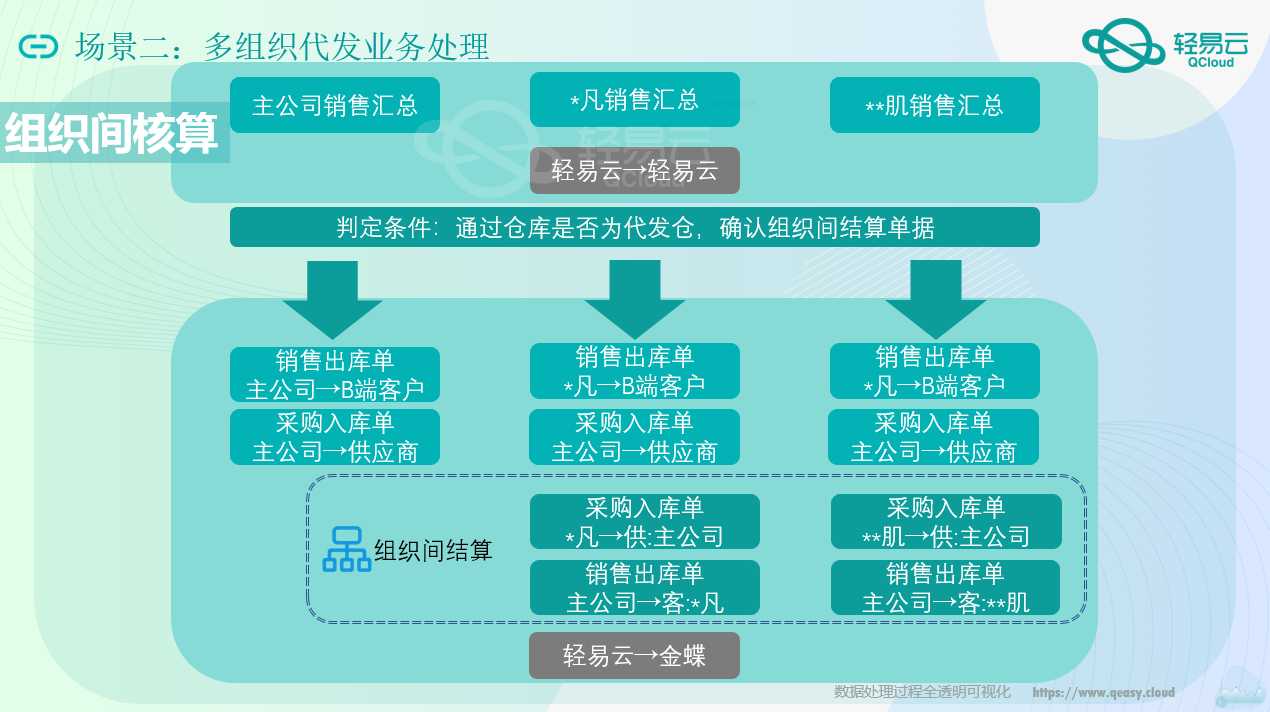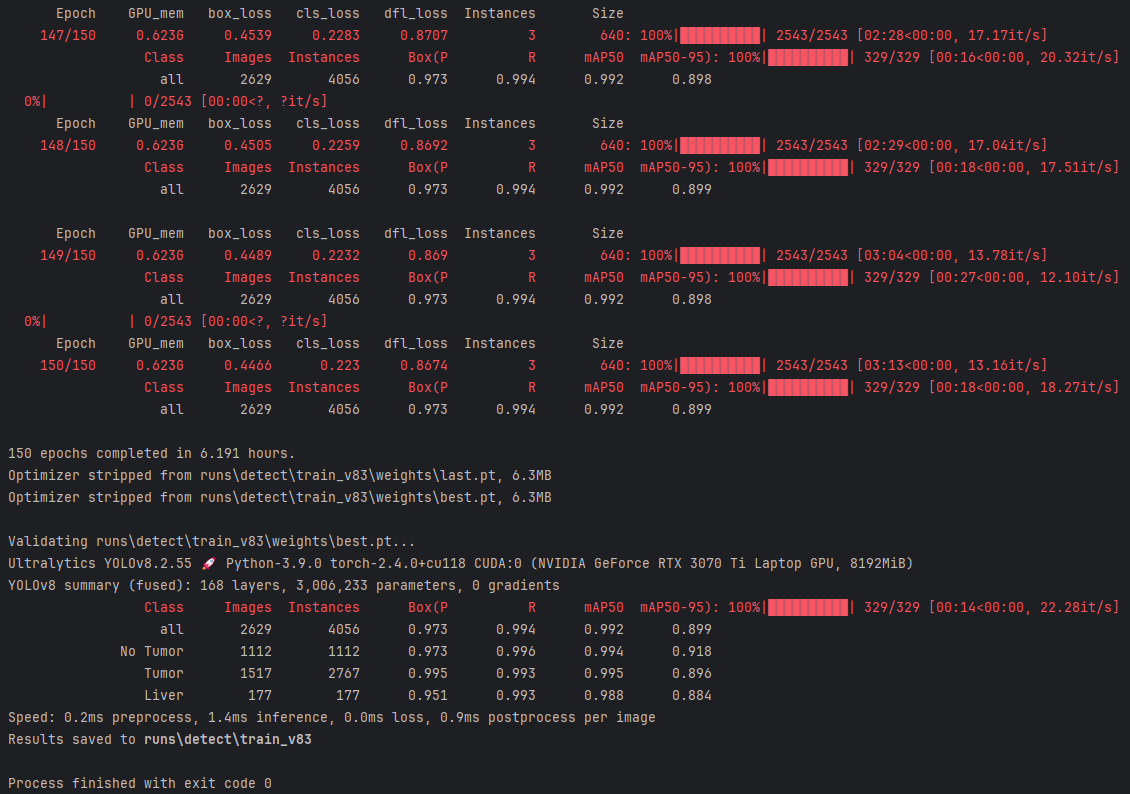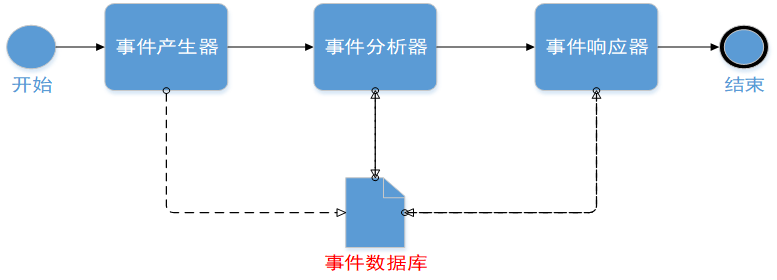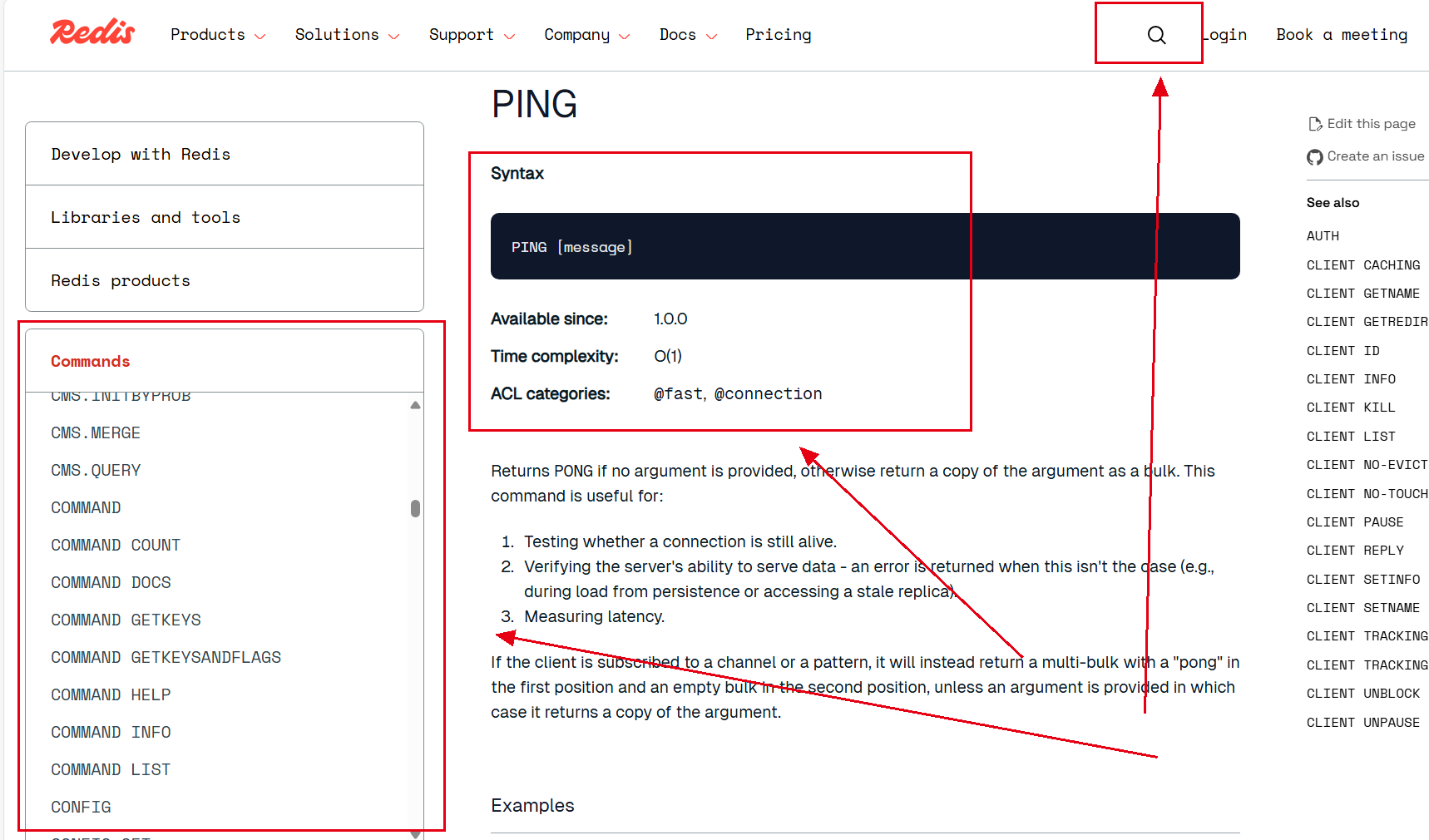在 OpenLayers 中启用 WebGL 渲染:提高地图渲染性能的完整指南
目录
- 一、引言
- 二、WebGL 渲染在 Web GIS 中的作用
- WebGL 的优势
- WebGL 与 Canvas 渲染的区别
- 三、在 OpenLayers 中启用 WebGL 的方法
- 四、代码实现步骤
- 1. 初始化地图和基本 WebGL 渲染
- 2. 加载大规模点数据
- 3. 自定义 WebGL 渲染样式
- 4. 实现叠加图层渲染
- 5. 实时数据更新
- 6. 性能优化和最佳实践
- 五、总结
- 六、参考资源
一、引言
在现代 Web GIS 应用中,渲染性能和数据加载速度至关重要。WebGL 是一种基于 GPU 的渲染技术,可以显著提高地图渲染性能,使其能够处理大量数据和复杂图形效果。本文将详细介绍如何在 OpenLayers 中启用和使用 WebGL 渲染。
二、WebGL 渲染在 Web GIS 中的作用
WebGL 的优势
- 高性能:利用 GPU 进行并行计算,能够高效处理大规模数据和复杂的图形渲染。
- 高级图形效果:支持自定义着色器,实现渐变、透明度控制等效果。
- 交互性:渲染大规模动态数据时,保持地图的流畅交互。
WebGL 与 Canvas 渲染的区别
- 渲染方式:WebGL 使用 GPU,而 Canvas 使用 CPU 渲染,WebGL 在处理大量数据时性能更佳。
- 扩展性:WebGL 支持自定义着色器,适合实现高级图形效果。
三、在 OpenLayers 中启用 WebGL 的方法
OpenLayers 支持 WebGL 渲染,通过使用 WebGLPointsLayer 等类,可以轻松启用和配置 WebGL 图层。WebGL 图层特别适合用于渲染大量点数据、动态更新和叠加图层显示。
四、代码实现步骤
1. 初始化地图和基本 WebGL 渲染
import 'ol/ol.css';
import Map from 'ol/Map';
import View from 'ol/View';
import WebGLPointsLayer from 'ol/layer/WebGLPoints';
import TileLayer from 'ol/layer/Tile';
import VectorSource from 'ol/source/Vector';
import OSM from 'ol/source/OSM';
import { fromLonLat } from 'ol/proj';export default {name: 'WebGLMapExample',data() {return {map: null,vectorSource: null,webglLayer: null,};},mounted() {this.initMap();},methods: {initMap() {this.vectorSource = new VectorSource();this.webglLayer = new WebGLPointsLayer({source: this.vectorSource,style: {symbol: {symbolType: 'circle',size: 10,color: 'rgba(0, 150, 136, 0.7)',opacity: 0.8,},},});this.map = new Map({target: this.$refs.mapContainer,layers: [new TileLayer({ source: new OSM() }),this.webglLayer,],view: new View({center: fromLonLat([104.1954, 35.8617]), // 中国中心位置zoom: 4,}),});},},
};
2. 加载大规模点数据
通过生成随机点数据,模拟在中国范围内加载大规模数据。
methods: {loadLargeDataSet() {this.vectorSource.clear();const numFeatures = 10000; // 加载大量点数据for (let i = 0; i < numFeatures; i++) {const lon = 73 + Math.random() * (135 - 73);const lat = 18 + Math.random() * (53 - 18);const pointFeature = new Feature({geometry: new Point(fromLonLat([lon, lat])),});this.vectorSource.addFeature(pointFeature);}console.log(`${numFeatures} 个点已加载到地图上`);},
}
3. 自定义 WebGL 渲染样式
修改 WebGL 图层样式以适应不同的视觉需求。
this.webglLayer.setStyle({symbol: {symbolType: 'circle',size: ['+', 5, ['*', ['get', 'magnitude'], 2]], // 动态大小color: ['interpolate', ['linear'], ['get', 'magnitude'], 1, 'blue', 10, 'red'],opacity: 0.6,},
});
4. 实现叠加图层渲染
添加多个图层来测试 WebGL 的叠加效果。
methods: {toggleWebGLRendering() {if (this.map.getLayers().getArray().includes(this.webglLayer)) {this.map.removeLayer(this.webglLayer);} else {this.map.addLayer(this.webglLayer);}},
}
5. 实时数据更新
实现定时器来动态更新图层数据,模拟实时数据流。
methods: {startRealTimeUpdate() {if (this.realTimeInterval) clearInterval(this.realTimeInterval);this.realTimeInterval = setInterval(() => {this.updateRealTimeData();}, 1000);},updateRealTimeData() {this.vectorSource.clear();const numFeatures = 500; // 更新点数据for (let i = 0; i < numFeatures; i++) {const lon = 73 + Math.random() * (135 - 73);const lat = 18 + Math.random() * (53 - 18);const pointFeature = new Feature({geometry: new Point(fromLonLat([lon, lat])),});this.vectorSource.addFeature(pointFeature);}console.log('实时数据已更新');},stopRealTimeUpdate() {if (this.realTimeInterval) {clearInterval(this.realTimeInterval);this.realTimeInterval = null;}},
}

6. 性能优化和最佳实践
- 合理设置数据点的数量:避免加载超大规模数据,建议进行分块加载。
- 使用合适的样式优化:减少样式计算和复杂性,提高渲染效率。
- 检查浏览器支持:确保浏览器兼容 WebGL,并启用硬件加速。
五、总结
WebGL 渲染在 OpenLayers 中提供了高性能和高级图形效果,适用于处理大量地理数据和复杂的地图应用。通过启用 WebGL 渲染,开发者可以显著提高地图应用的渲染性能和用户体验。
六、参考资源
- OpenLayers 官方文档
- WebGL 基础教程
- Web GIS 高级开发指南



















